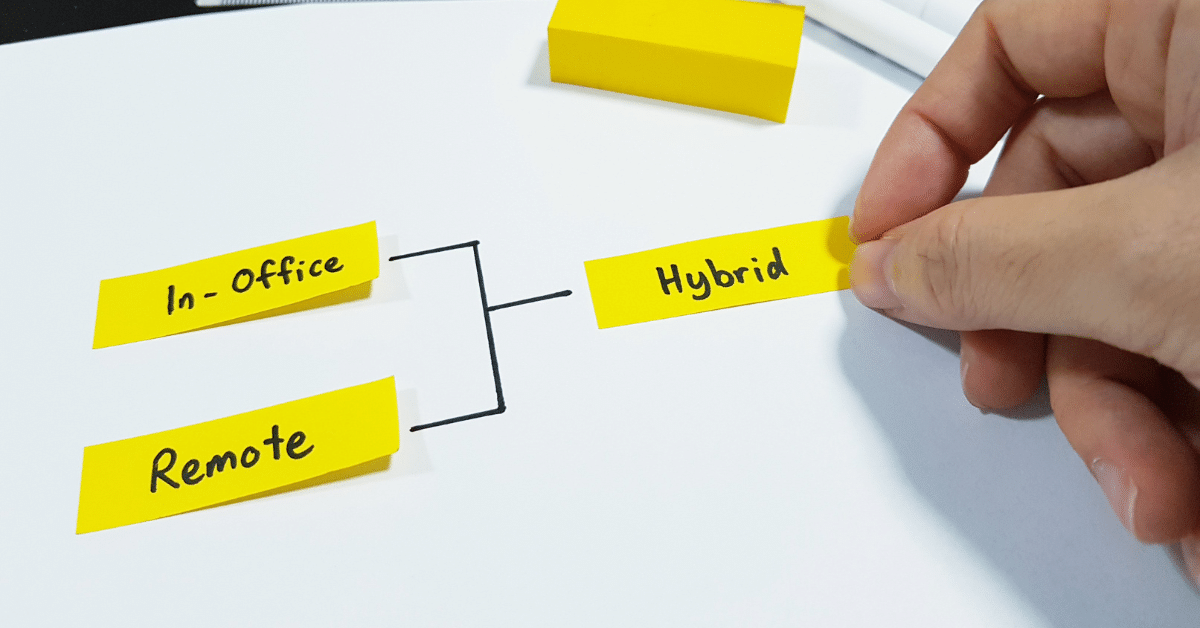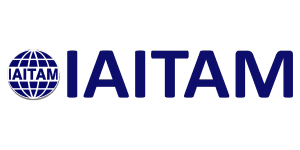Mastering ITAM for Hybrid Work: Ensuring Asset Management Stays on Track

The rise of hybrid work is transforming the way businesses operate. What was once a temporary response to a global crisis has become a permanent reality for many organizations. Employees are now splitting their time between the office and home, creating a dynamic work environment that offers both flexibility and challenges. One of those challenges, sometimes overlooked, is IT Asset Management.
In the era of hybrid work, ITAM has to evolve. The old ways of tracking and managing IT assets—like assuming everything stays on the company network—just don’t cut it anymore. As work environments change, so do the needs of both the employees and the organization. IT asset managers find themselves at the intersection of these shifts, tasked with ensuring that hardware and software remain properly managed, secure, and compliant, no matter where employees are working.
So, how do IT asset managers navigate the complexities of hybrid work? Let’s take a closer look.
The New ITAM Reality: Managing Assets Across Locations
In a traditional office environment, managing IT assets was relatively straightforward versus a more hybrid model. Most devices stayed in one place, plugged into the company network, and under the direct oversight of the IT team. Hybrid work, however, changes this entirely. Laptops, peripherals, and even software licenses are now being used across multiple locations, from employee homes to shared workspaces.
This shift requires IT asset managers to rethink how they track and manage these assets. It’s no longer enough to know where assets are physically located; you also need to track how they’re being used, whether they remain compliant with company policies, and if they’re secure.
One of the first steps ITAM teams must take is to expand their visibility. Tools that offer remote asset tracking and management are no longer an “important-to-have” but a necessity. Without this visibility, it’s easy for assets to fall through the cracks—whether it’s a forgotten software subscription renewal or a laptop that hasn’t received the latest security patches.
Dealing with the Challenges of Shadow IT
Hybrid work has also fueled the growth of shadow IT. Employees are more likely to turn to tools and solutions that are convenient for them, even if they haven’t been officially approved by IT. While this may seem harmless at first—after all, they’re just trying to stay productive—it can lead to serious security and compliance risks.
This is where IT asset managers need to be proactive. Without a streamlined process for requesting new software, employees will find workarounds, and those workarounds might introduce vulnerabilities or cause licensing issues. If your software request process is cumbersome, people will take the path of least resistance and use unapproved solutions. And once shadow IT takes root, it becomes much harder to manage or track.
ITAM teams need to ensure that the process for obtaining and managing IT assets, especially software, is easy and transparent. Make it simple for employees to request the tools they need, and provide guidelines on the safe, compliant use of these tools. This way, employees won’t feel the need to go rogue, and you’ll maintain better control over your organization’s IT environment.
Keeping Software Licenses in Check
With employees working from various locations, it’s easy to lose track of software licenses. In a hybrid work environment, the number of devices using specific software applications can quickly grow beyond what was initially expected or planned. Employees may install software on multiple devices—one for home and one for the office—creating the potential for license violations.
This is where IT asset managers must step in to maintain a centralized system for tracking license usage. Implementing processes becomes even more critical in this scenario. By keeping an up-to-date record of software licenses, you can ensure compliance, avoid unnecessary costs, and prevent the risks associated with unlicensed or over-deployed software.
In addition, hybrid work can make software audits more frequent, as vendors may be on high alert for potential license misuse. Being able to quickly provide accurate and detailed reports of software usage across the organization will help you stay ahead of any audits or compliance checks.
Ensuring Security in a Distributed Work Environment
Perhaps one of the biggest challenges of ITAM in a hybrid work environment is maintaining security. When employees were in the office, IT had more control over networks, firewalls, and security protocols. Now, with employees connecting from various locations, the security landscape is far more fragmented.
IT asset managers must now ensure that all assets, whether hardware or software, are secure regardless of where they are being used. Laptops need to be encrypted, VPNs should be standard practice, and software must be kept up to date with security patches. Additionally, endpoint management tools can help monitor and protect devices, ensuring that they comply with security standards even when they’re not on the company network. Even if we aren’t in “Infosec,” as ITAM professionals, we want to encourage our company to not fall behind in the security arena.
Training also plays a vital role. Employees should be regularly educated about best practices for security, especially when working remotely. While IT asset managers can implement the necessary tools and protocols, a well-informed workforce is equally crucial in preventing security breaches and keeping company data safe. If your company doesn’t have security training as a part of new-hire training, regardless of an employee being hybrid or not, then we can ask ourselves, “How can I influence this to happen?”
Preparing for the Future: Flexibility and Agility in ITAM
As hybrid work becomes the new normal, IT asset managers need to embrace flexibility and agility in their approach. The way we work continues to evolve, and ITAM practices must evolve alongside it. This means adopting solutions that are scalable, adaptable, and capable of handling the complexities of a distributed workforce.
Tools that enable remote asset management, automated software tracking, and seamless integration with other IT functions will be invaluable. IT asset managers should also remain open to new technologies and methodologies that support the ever-changing needs of the business. The key is to stay proactive rather than reactive, anticipating potential challenges and adapting ITAM practices accordingly.
Conclusion: ITAM is Essential for Hybrid Work Success
Hybrid work presents both opportunities and challenges for organizations. Flexibility can improve employee satisfaction and productivity, but it can also make IT asset management more complex. However, by adapting ITAM practices to meet the unique demands of this new work model, IT asset managers can ensure that assets are tracked, secure, and compliant—regardless of where employees are working.
In many ways, ITAM serves as the backbone of a successful hybrid work strategy. Without proper asset management, businesses risk inefficiencies, security breaches, and compliance issues. But with the right tools and processes in place, IT asset managers can help organizations navigate this new landscape and set the stage for long-term success in the hybrid era.
